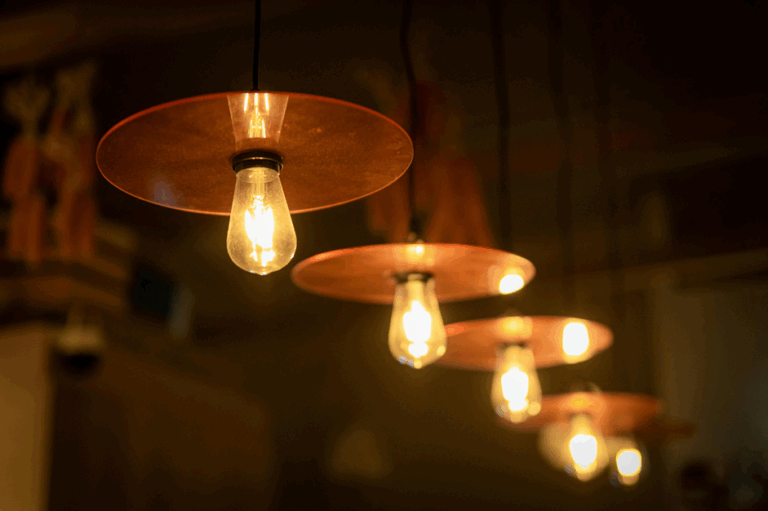What is Sensory Design?
Sensory design is an innovative approach that considers how our environment affects our senses and overall well-being. It integrates the principles of design with an understanding of human perception, focusing on how spaces and surroundings can be shaped to positively influence how we feel, behave, interact and ultimately function. While sensory design can benefit everyone, it is particularly impactful for individuals with sensory sensitivities, such as those with autism, ADHD, or other neurodiverse conditions.
A Holistic Approach to Space
When we think about design, we often focus on visual elements—color schemes, furniture layout, and aesthetic appeal. But sensory design goes beyond this, taking into account all five senses:
- Sight: Colors, lighting, and spatial arrangement affect how a space is visually experienced. Sensory design carefully selects these elements to create a calming or stimulating visual atmosphere, depending on the needs of the individual or the purpose of the space.
- Sound: Noise levels, background sounds, and acoustics are considered in sensory design to avoid overwhelming or distracting noises. The goal is to create environments where sound either calms or remains unobtrusive, supporting concentration or relaxation.
- Tactile: Textures and tactile experiences, from furniture materials to the feel of flooring, are carefully chosen to ensure comfort and ease. This is especially important for individuals who may be hyper- or hypo-sensitive to touch.
- Scent: Fragrances, whether from nature, design elements, or cleaning products, can evoke emotional responses. Sensory design minimizes overwhelming scents and may even introduce calming aromas to enhance the overall sensory experience.
- Spatial Orginization: Thoughtful arrangement of spaces can reduce anxiety, improve navigation, and enhance functionality by balancing stimulation and calmness.
Why Sensory Design Matters
For neurotypical individuals, a well-designed environment can enhance productivity, relaxation, or focus. But for neurodivergent individuals, especially those with sensory processing challenges, a thoughtfully designed space can make a significant difference in daily life. Sensory overload, triggered by excessive stimuli, can lead to anxiety, stress, or discomfort. Sensory design aims to reduce these triggers by crafting environments that support an individual’s specific sensory needs.
Applications for Sensory Design
Sensory design is applied in various settings, including:
- Homes: Designing spaces that feel safe and comforting, with soft lighting, quiet zones, and sensory-friendly furnishings.
- Schools: Creating classrooms that help students with autism or ADHD focus and learn by minimizing distractions and offering sensory breaks through calm, dedicated areas.
- Healthcare Facilities: Reducing stress in hospitals or therapy clinics with sensory-friendly lighting, sound control, and calming aesthetics to improve patient care and comfort.
- Workplaces: Supporting productivity by creating sensory-friendly office environments that reduce visual or auditory distractions for employees.
- Public Spaces: Designing inclusive playgrounds, libraries, and community centers that accommodate individuals with sensory needs, promoting accessibility and participation.
The Benefits of Sensory Design
When done thoughtfully, sensory design enhances comfort, reduces anxiety, and improves the overall quality of life. It allows individuals, particularly those with autism or sensory processing disorders, to engage with their surroundings in a way that is more manageable and enjoyable. For caregivers, educators, and employers, sensory design fosters environments where neurodiverse individuals can thrive.
Conclusion
Sensory design transforms spaces from being merely functional or beautiful into being truly supportive for those who use them. By acknowledging and addressing the needs of all the senses, especially in settings where sensory overload can be a challenge, this approach creates environments that foster calm, comfort, and inclusivity.
If you want to learn more about how sensory design can transform spaces in your home, school, or workplace, feel free to reach out to us at Lauren Henry Sensory Design (LHSD) where we specialize in creating sensory-friendly environments that make a difference!




